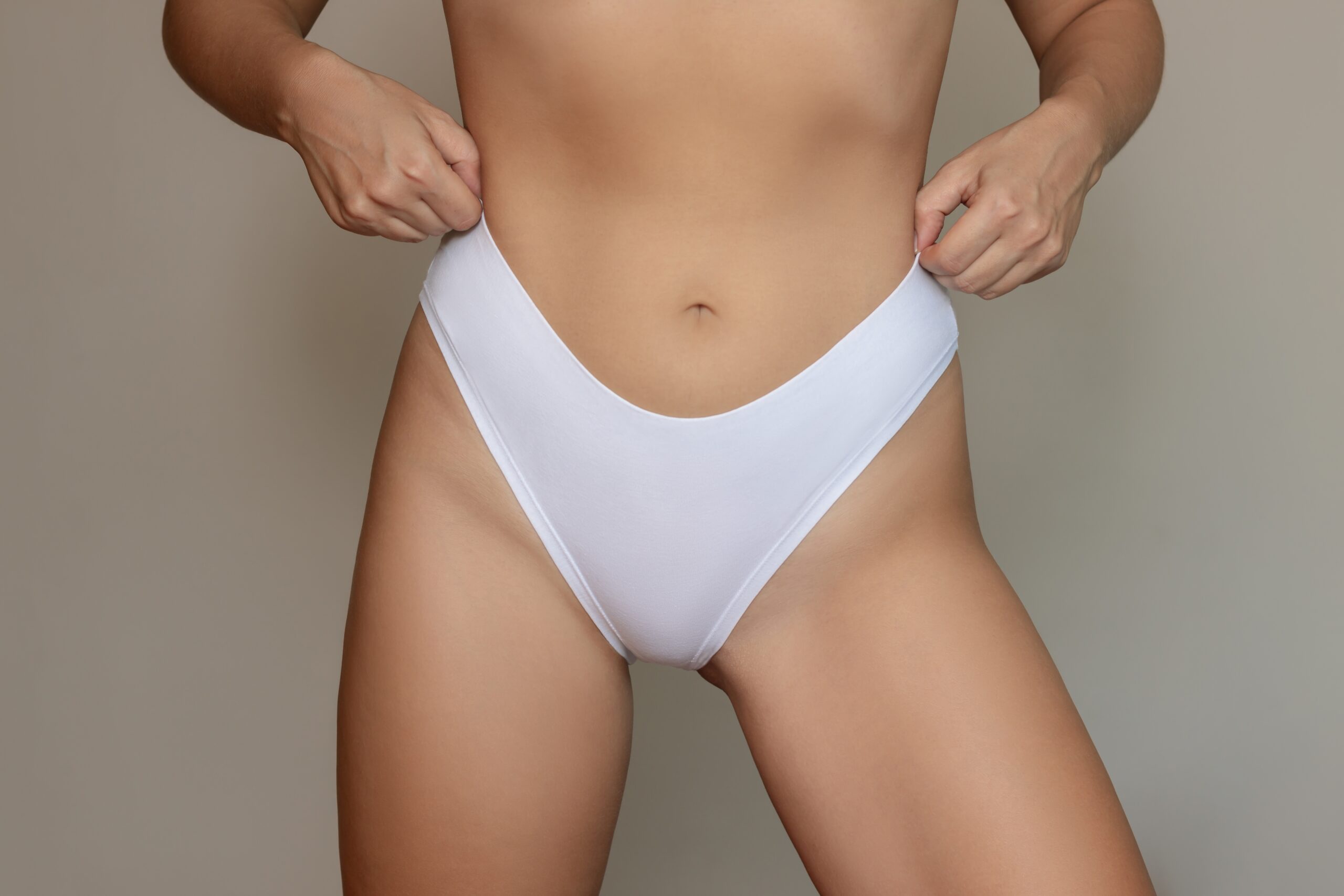
BHRC BLOG
How Long Does Laser Hair Removal Last?
Many people want to remove unwanted facial and body hair but are unaware of how long the effects of laser hair removal treatment last. In the past, hair removal procedures were slow and complicated. But thanks to new technologies like laser treatment, removing unwanted body hair has become faster and easier.
So how long does laser hair removal treatment last? Depending on the part of the body, hair might not grow back in the area for years. The longevity of the effects also depends on other factors, such as hair color, skin color, and the type of laser used.
The Amount of Time It Takes to Regrow Hair After Laser Removal
Multiple factors affect the time it takes for the hair to grow back. On a scientific level, the growth pattern depends on 4 stages. Specialists usually schedule laser hair treatments in the anagen or the first stage, when hair is on the cusp of growth.
Laser hair treatments work by removing the skin from the root level, just underneath the skin’s surface. That’s why hair removal treatments are scheduled between intervals since the hair in an area grows at different rates. The rate at which hair grows back also depends on the area of the body.
On the Body
Laser hair treatments on the body usually take place along the following:
- Arms
- Underarms
- Legs
- Chest
- Stomach
- Bikini
These areas are the most common sites of unwanted growth, especially for women. Laser treatments act as a faster and safer alternative to tweezing and shaving. With laser hair removal, having ingrown hair or scarring is less likely.
In between the first couple of treatments, small and delicate hair will appear on the body. Some are isolated cases of hair growth, but most come from hair yet to be reached by multiple treatments. After completing all of the laser hair removal sessions, hair along the body won’t grow back for years.
While it’s not a permanent hair removal method, some patients report not seeing hair growth in the treatment area for up to 10 years. By the time there is new hair growth, they appear in scattered areas. In rare cases, some hair grows back thicker and darker in areas surrounding the treated body part. If you experience signs of this condition, consult with one of our laser specialists.
On the Face
Much like the body, facial hair does not grow back after a laser treatment for up to a decade. When they do appear, hair usually pops up on the chin and neck area. Due to hormones like testosterone, these sites produce hair faster than other parts of the body.
But for some women, hair on the upper lip may also grow back after a laser treatment. This is typically the case for women nearing menopausal age, where the amount of estrogen in the body stops. People who experience facial hair growth at faster rates can schedule annual treatments, depending on their physician’s advice.
Factors That Affect Hair Growth After Laser Removal
Many factors affect the speed of hair regrowth. These include the hair color, skin color, and laser type used in the procedure. It helps to consult your physician about these factors before your first laser hair removal session since they may also interfere with the effects of the laser.
Hair Color
At the moment, laser hair removal techniques are most effective for darker hair. In the past, lighter hair colors were not compatible with lasers. Less pigment is available on lighter-colored hair, which means that the procedure is not compatible with blonde, gray, white, or red hair.
However, new technologies allow lasers to work on blonde and red hair. Some med spas have begun offering these, although they work slower than the usual treatment plans for dark hair. Those with lighter-colored hair on the other hand will experience faster hair growth.
Skin Color
While lasers only work on the hair follicle, the surrounding skin can affect how fast hair growth happens. For instance, people with dark hair and light skin tone have the best results with laser hair treatments. The contrast between the pigments allows the laser to effectively destroy the unwanted hair follicle. Conversely, the lack of pigments in darker skin tones affects how the sessions of laser hair removal work.
As a result, people with lighter complexion and dark hair may not experience hair growth for a decade. Those with a darker skin type and lighter hair will need more laser treatments since the hair will also grow back faster.
Type of Laser
The type of laser also affects how fast hair loss happens in some body parts. In particular, diode lasers with longer wavelengths are used on people with a dark complexion. As for those with lighter skin, diode lasers are also very effective in maximizing the results. These are suited for a larger hair removal treatment area, like the chest and back. Hair doesn’t usually grow back for years after treatments.
Another type of laser, the long-pulse laser, is used for different skin types. These lasers also work well on tanned skin but are less effective on light-colored hair. People with olive skin colors also benefit from long pulse lasers, with results showing as fast as 4 to 12 weeks.
There are also home hair removal kits that come with lasers. However, the Food and Drug Administration branded these kits as cosmetic items, and they are not considered medical-grade equipment. The effects of these home lasers have not been studied, so it is better to stick with the advice of licensed professionals.
How Much Time is Necessary Between Hair Removal Sessions?
A laser hair treatment isn’t a one-time thing. They’re a series, with intervals between sessions to ensure that all hair follicles receive treatment. The amount of time between sessions varies per body part and person. Areas where hair grows back relatively quickly, such as the face, will receive sessions every 4 to 6 weeks.
Other parts, such as the back and chest, receive sessions every 6 weeks. Hair in these areas grows back at slower rates, so there are fewer sessions necessary. This convenience makes for a better hair removal method than shaving or tweezing.
After the treatments are complete, it can take 7 to 10 years before you need to return for a repeat of the routine. Make sure to contact your laser hair removal specialist to check if unwanted hair growth is quicker than normal. Pay attention to any signs of skin irritation as well.
Achieve High-Quality Laser Hair Removal Results at Beverly Hills Rejuvenation Center
Hair growth is inevitable, but procedures like laser treatments can slow it down. At Beverly Hills Rejuvenation Center, we offer laser hair removal procedures to help you get rid of unwanted hair. You don’t need troublesome hair removal methods like shaving, or waxing to get results. Whether on the face or body, our team can handle your hair removal and skin care needs.
As a top med spa, we take pride in helping people achieve their desired results—like smooth skin, body contouring, and acne scars removal. We also have the best laser hair removal procedures like intense pulsed light (IPL) therapy to target hair follicles effectively.
Book an appointment with us today to get clear, smooth, and hair-free skin.






